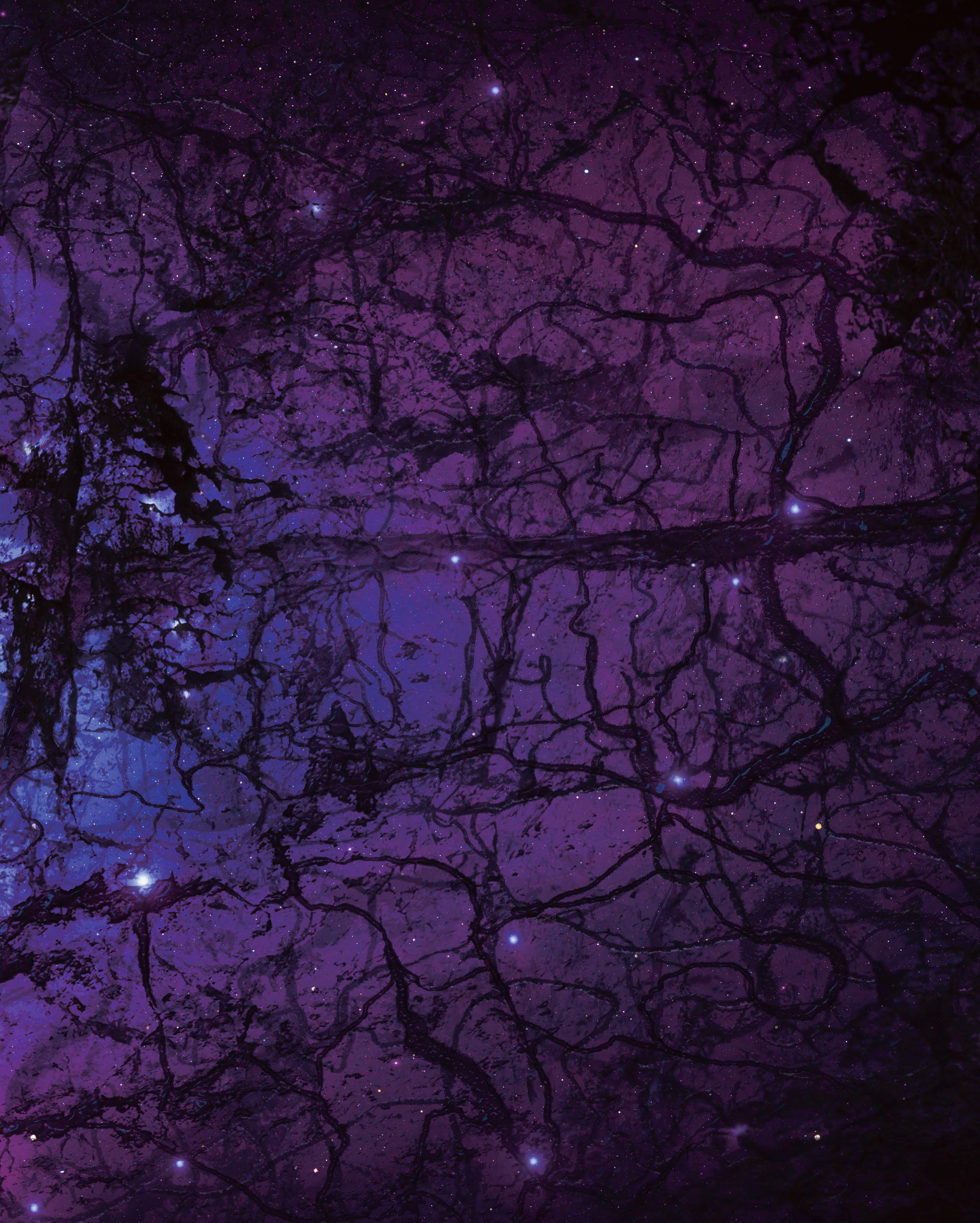
Our universe is growing. Ever since the Big Bang, every point in the fabric of space has been expanding in all directions. This expansion is carrying almost all galaxies away from us. The biggest surprise came in 1998 with the discovery that not only is the universe expanding, but that expansion is accelerating. Nobody knows why, but scientists have come up with a term for the mysterious force driving the acceleration: dark energy.
According to data from the European Space Agency's (ESA) Planck spacecraft, dark energy constitutes over two-thirds of all the mass and energy in the universe, or 68.3 percent. The remainder is 26.8 percent dark matter and just 4.9 percent normal matter, which makes up the stars, galaxies, and planets. Scientists are perplexed as to what dark energy is. There are ideas, but nothing concrete. It's important to try and figure out the puzzle of dark energy because the fate of the universe depends on it. Prior to the discovery of dark energy, cosmologists had expected to find that the expansion of the universe was running out of steam 13.8 billion years after the Big Bang. If that was the case, the universe could have gone in three directions depending upon how much matter, and therefore gravity, there was in the universe.
If there was enough matter, its gravity would act on the expanding universe, slowing the expansion and gradually overcoming it, eventually causing the universe to begin to shrink again before collapsing in a 'Big Crunch'. If the amount of matter and gravity were finely balanced with the energy of the expanding universe, it would create a static universe that would remain forever. However, if there was not enough matter in the universe to counteract the expansion, then the universe would continue to expand forever, taking all the galaxies with it until they disappeared over the cosmic horizon, leaving the Milky Way all alone.
Esta historia es de la edición Issue 132 de All About Space UK.
Comience su prueba gratuita de Magzter GOLD de 7 días para acceder a miles de historias premium seleccionadas y a más de 9,000 revistas y periódicos.
Ya eres suscriptor ? Conectar
Esta historia es de la edición Issue 132 de All About Space UK.
Comience su prueba gratuita de Magzter GOLD de 7 días para acceder a miles de historias premium seleccionadas y a más de 9,000 revistas y periódicos.
Ya eres suscriptor? Conectar

MYSTERIES OF THE UNI WHERE ARE ALL THE SPIRAL GALAXIES?
There are far fewer spiral galaxies than elliptical ones in the Supergalactic Plane, and scientists are keen to discover why

ZOMBIE STARS
+10 OTHER TERRIFYING SPACE OBJECTS

HOW TO BEAT LIGHT POLLUTION
Thought it was impossible to observe the wonders of the night sky from towns and cities? Think again. Follow our tips and tricks on successfully observing through sky glow

15 STUNNING STAR CLUSTERS
These beautiful stellar groupings are spattered across the cosmos

Eileen Collins "It was a difficult mission...we were the first to see Mir"
Having served as both the first female pilot and first female commander of NASA's Space Shuttle, Collins boosted the involvement of women in space exploration to a whole new level

MARS LEAKS FASTER WHEN IT'S CLOSER TO THE SUN
The Red Planet has lost enough water to space to form a global ocean hundreds of kilometres deep

FUTURE TECH KANKOH-MARU
This ambitious reusable spacecraft will be capable of taking 50 people to and from orbit

THE FINAL FRONTIER
Beyond the reach of the Sun is a fascinating region of the cosmos that were only just beginning to explore

A long-lost moon could explain Mars' weird shape and extreme terrain
A long-lost moon could explain why Mars is so different from the other rocky planets in the Solar System. Today Mars has two tiny moons.

A sprinkling of cosmic dust may have helped kick-start life on Earth
Cosmic dust may have helped kick-start life on Earth. New findings challenge a widely held assumption that this wasn't a plausible explanation.